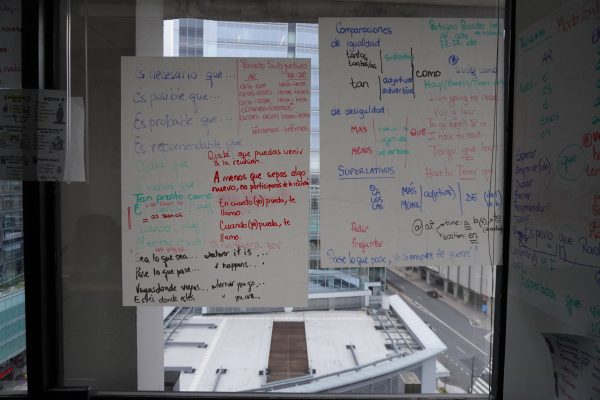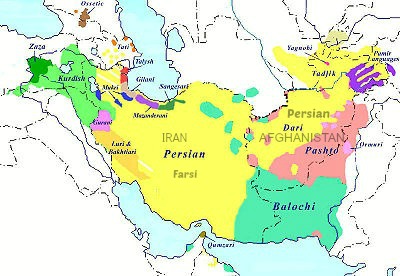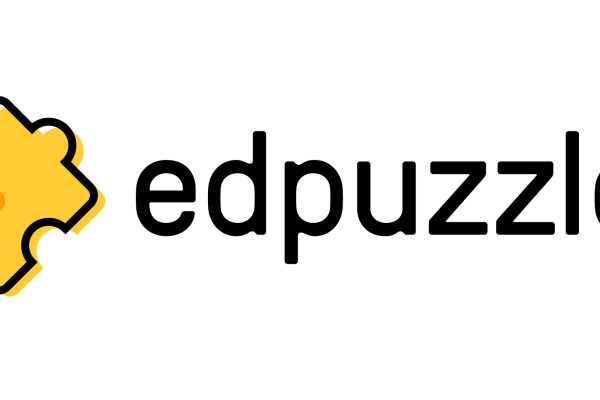Arabic and other right-to-left languages have a unique set of issues that can cause significant delays in the translation process. These issues can be prevented by using experienced translators, but from time to time, they can still occur. Here are some of the most common problems with Arabic Translation:
Right to Left Formatting
Not using proper formatting in Microsoft Word can make the editing process an absolute nightmare. A common mistake seen from translators is simply aligning all text to the right rather than actually switching the text direction to the “right-to-left” option. This will often leave you with a document that looks perfectly acceptable at first, but when the editor makes changes or the quality control specialist adjusts the format, text can become jumbled and very difficult to correct. It can leave your document with a variety of right-to-left and left-to-right text mixed together. In this scenario, even aligning the cursor properly to delete a letter becomes a surprisingly difficult task. Furthermore, an inexperienced project manager who is not a native Arabic speaker may not notice if the text has been flipped completely backward. This can occur when making global changes to a document that wasn’t formatted properly, to begin with.
Font Choice
Though the gap has become smaller in recent years, there are far fewer fonts available for Arabic text than there are for English. This can cause delays when translators are working with older software, or even when they are working with a different type of word processing program. Since a translation agency wants to create a translated product that closely resembles the original, it may take extra time to find a font that mimics the source document.
Dialect
There are many Arabic dialects and translators are typically not experts in all of them. Instead, they specialize in one or a few. It is very important to verify the target audience of a document so that the proper dialect can be used. While the most common dialect used for Arabic translations is MSA (Modern Standard Arabic), there are several others that are commonly used.
Do you have Translation or Interpretation needs? Find out more about DLS’ Translation and Interpretation department HERE.
For more DLS, check out other blogs and visit us on Facebook, LinkedIn, Instagram, or Twitter!



